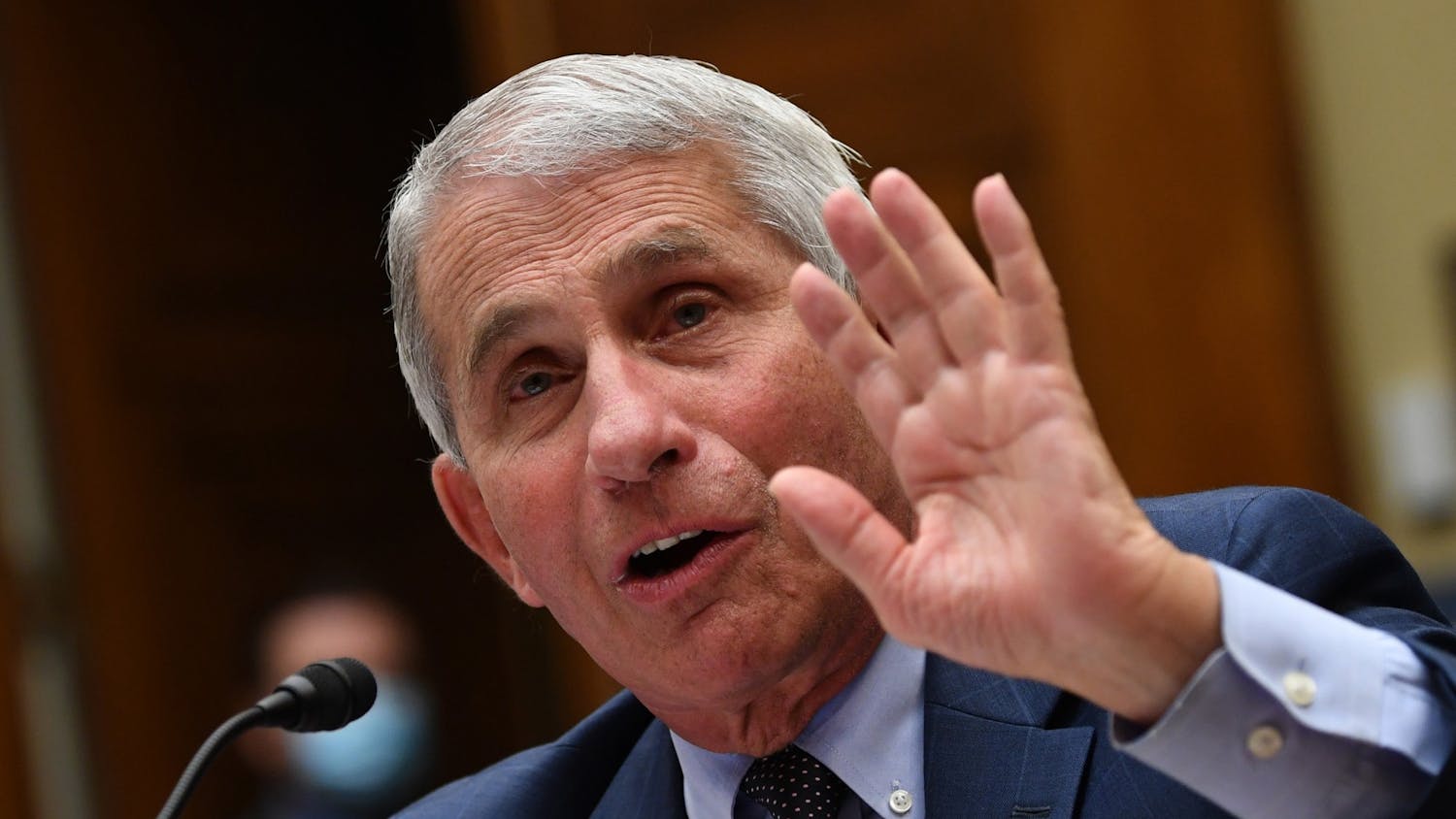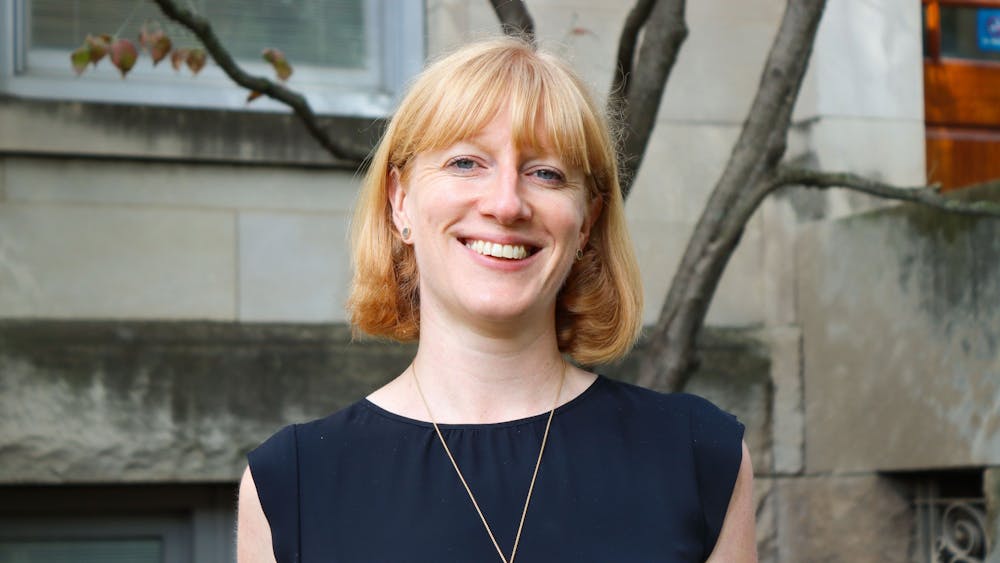Household items contain thousands of different chemical compounds, but for most of these chemicals, their harmful effects on consumers’ health are unknown.
Joseph Shaw, associate professor in the School of Public and Environmental Affairs, combines in his research science and physiology to study the effects of these chemicals on people’s health and improve the time and cost efficiency of toxicology research as a part of IU’s Grand Challenges initiative.
“What we’re proposing for a solution is an effort guided around 3 simple questions: We think about why we’re in this mess, we don’t know how we’re exposed to them, and we don’t understand what they’re doing to us,” Shaw said.
Exposure to harmful compounds can cause mild symptoms like skin irritation or severe conditions such as cancer, but current toxicology testing doesn’t predict all relevant health effects.
“There are many reasons, but it comes down to fact that tests that we use are slow and costly,” Shaw said.
Improving testing efficiency requires a greater insight to what’s going on at the scientific level.
Toxicity testing is currently based on observing effects of exposure, Shaw said, such as whether a chemical kills an organism or causes a change in growth, reproduction or organ function.
“The information produced really doesn’t tell us what those compounds are doing or how they act on our bodies,” Shaw said.
From drinking water to toothpaste to baby powder, there are about 100,000 chemicals used to generate the products people use every day, Shaw said.
Of these 100,000 chemical compounds, scientists only know the basic toxicological effects of about four to six percent of the compounds, Shaw said. The lack of knowledge about toxicity raises questions of how to preserve the basic human right to breathe clean air, drink clean water and eat clean food, Shaw said.
Current tests might give a rough answer of how toxic a chemical might be but don’t provide enough information to let people fully protect themselves.
Shaw takes a more nuanced approach to understanding the precise toxicity of these chemicals and re-envision toxicology entirely and wants to figure out the biological mechanisms behind how these health problems arise.
Shaw’s work includes studying the genetics of test organisms, whether they are crustacean or fish, and how they respond to the environment. These organisms provide the basis for understanding how certain chemicals might influence people.
With a combined approach of experimental science and public health analysis, Shaw’s work makes toxicology testing more cost efficient and effective in fighting disease.
Shaw plans on using computational techniques, such as solving abstract mathematical problems and analyzing large amounts of data, in his work, and in harnessing the power of computers to study networks, Shaw could be able detect new information humans don’t easily observe.
James Glazier, Director of the IU Biocomplexity Institute, uses computational approaches to study chemical safety in his research as well.
Though the exact cost is difficult to calculate, Glazier said, the lack of knowledge about chemical compound toxicity costs the country $5-8 billion a year, Glazier said.
“This is a major inhibitor of innovation and economic development,” Glazier said.
Glazier’s work, similar to Shaw’s, focuses on harmful chemicals that cause developmental diseases. There’s a movement for using big data for biochemical tests that measure toxicity in faster, cheaper Glazier said, as one solution for the problems of harmful chemicals.
“Ultimately what the solution provides is a way to think about, rather than being reactive, what we can be is proactive and understand what the effects of those chemical compounds,” Shaw said.






